Felbrigg Hall
|
A fine 17th century house containing a delightful Georgian interior and surrounded by walled gardens and parkland |
|
An Introduction to Felbrigg Hall
|
 Felbrigg Hall
Felbrigg Hall may only be a few miles from Cromer, but it may well be in a different world entirely. The estate was originally home to the Felbrigg family, but they sold it to a John Wyndham in the 15th century. A descendant built the hall as the Wyndham family home during the 17th century and it has evolved over the years. The last Wyndham to own Felbrigg Hall was Robert Wyndham Ketton-Cremer, who died in 1969. Robert never married and since his brother had been killed during WW2, he decided to leave the entire 1700 acre Felbrigg Estate to the National Trust on his death. This included all the contents of the hall, such as the vast collection of family paintings and thousands of books in the library. Much of hall has been well preserved and many of the rooms are set out as they were in the late 18th century. The hall is surrounded by beautiful parkland and there is also a walled garden. Overall, Felbrigg makes a great day out for the entire family. Dogs are allowed in the parkland and the courtyard (even in the cafe), but are not allowed in the hall and walled garden. |
|
Felbrigg Hall Guided Picture Tour
|
We start our tour of Felbrigg at the front of the hall itself. The exterior of the hall is mainly 17th century and made from plaster covered brick. A central projecting porch is surrounded by mullioned windows. The most striking feature is the huge stone letters making up the words 'GLORIA DEO IN EXCELSIS' (Latin for "Glory to God in the highest"). |
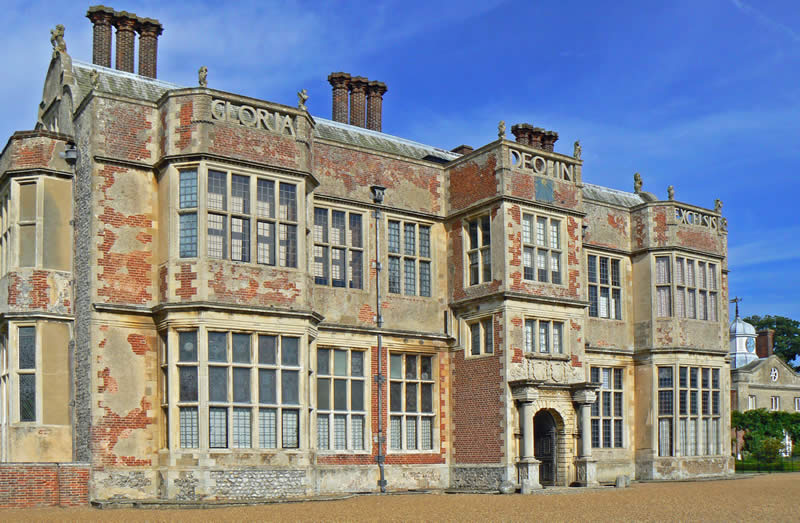
Felbrigg Hall near Cromer |
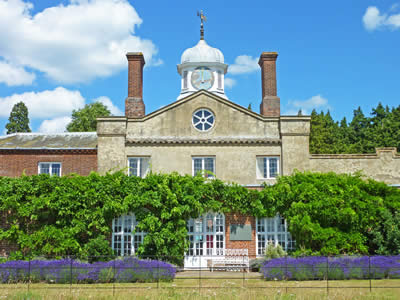
Part of the front of Felbrigg Hall |
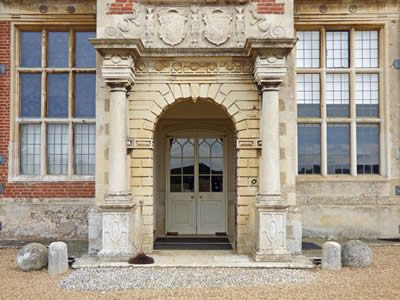
The main doorway into the Hall |
Moving inside the hall, the first rooms we come across are the Morning Room and then the Great Hall. The interior of the hall is mainly 18th century and was remodelled to house the vast collection of family paintings. In particular, the Great Hall contains a portrait of the last squire - Robert Wyndham Ketton-Cremer, who left the hall to the National Trust in 1969. His desk can be seen exactly as he left it. The Morning Room is where the ladies would have retreated to and it contains a portrait of 'Mad' Windham as a boy. Mad Windham became known for his exploits while dressing up, for example as a train guard and causing confusion on station platforms by blowing his whistle! |
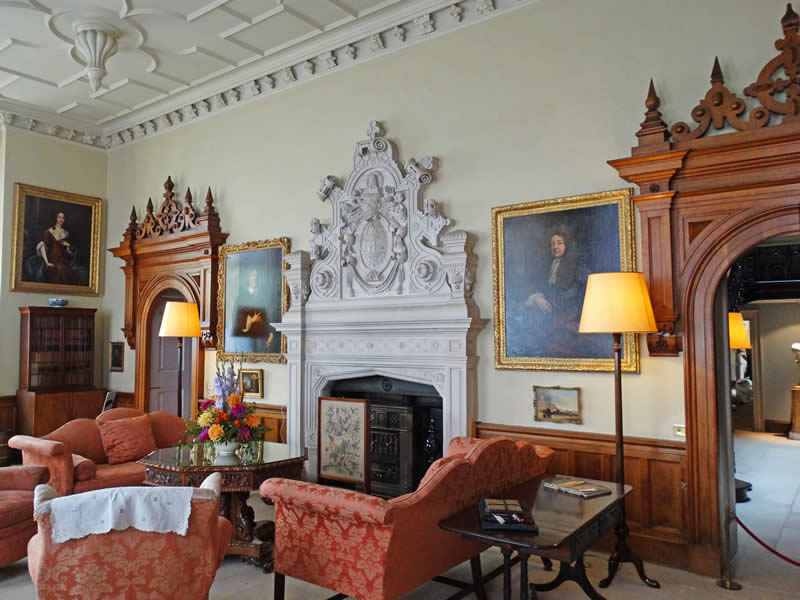
Inside the Great Hall at Felbrigg |
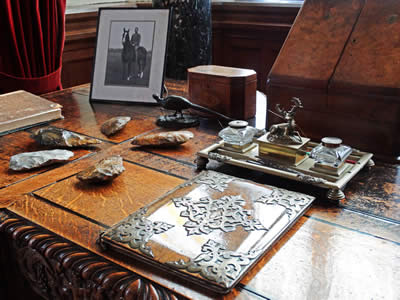
The desk of Robert Wyndham Ketton-Cremer |
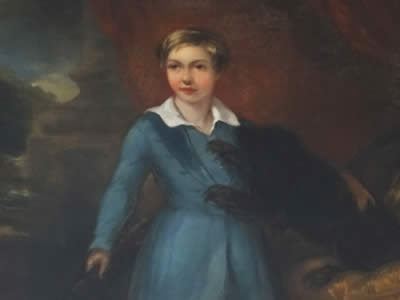
The picture of 'Mad Windham' in the Morning Room |
Other downstairs rooms of the hall are the Dining Room, Drawing Room and the Cabinet. Little has changed in these rooms since the 1750's. Many visitors would be entertained in the hall and would take dinner in the dining room, followed by retiring to either the Drawing Room or the Cabinet Room. The Cabinet Room was reserved for more exclusive guests and Felbrigg has one of the best preserved examples in Britain. Paintings adorn the walls of all these rooms and many still hang where they were originally intended. |
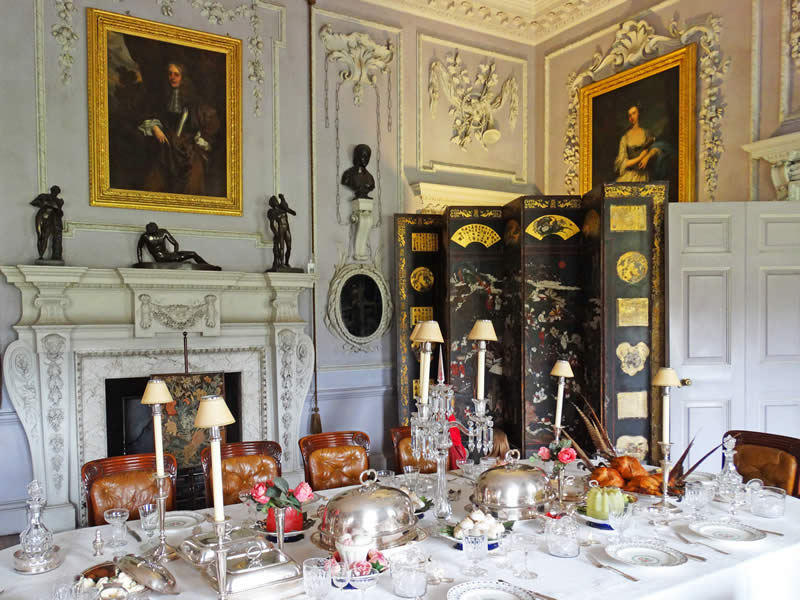
The Dining Room at Felbrigg Hall |
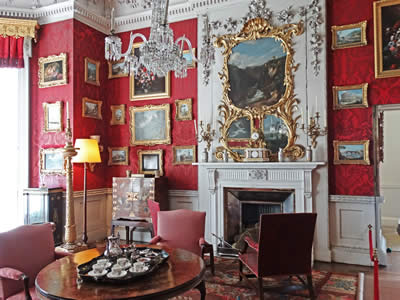
The Cabinet Room, dating back to the 1750's |
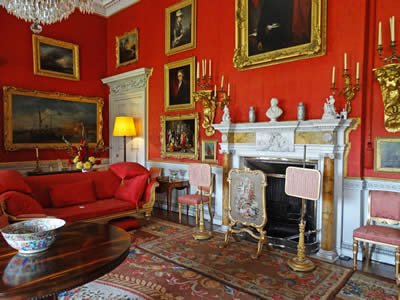
The Drawing Room |
Upstairs you will find the Library and several Bedrooms. The library contains a collection of over 5,000 books, with a wide range of subjects including architecture, science, literature, philosophy and politics. The bedrooms include the Grey Dressing Room, the Yellow Bedroom, the Rose Bedroom, the Red Bedroom and the Chinese Bedroom. The later contains walls lined with hand painted 18th century Chinese wallpaper. |
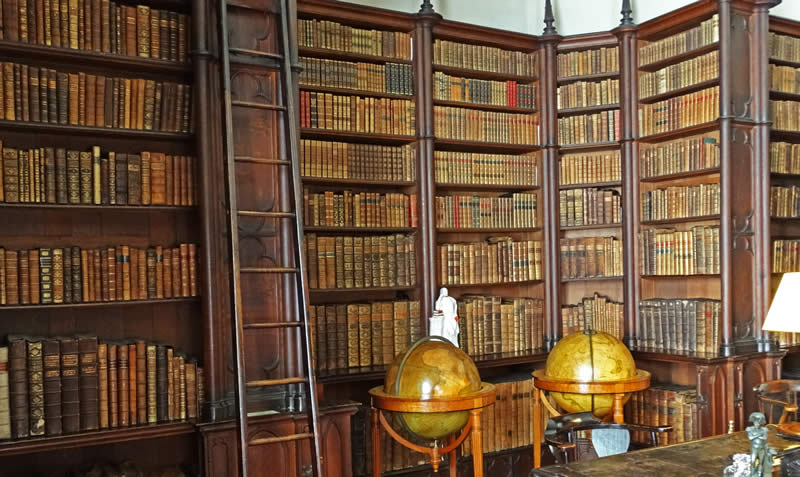
The Library, containing over 5,000 books |
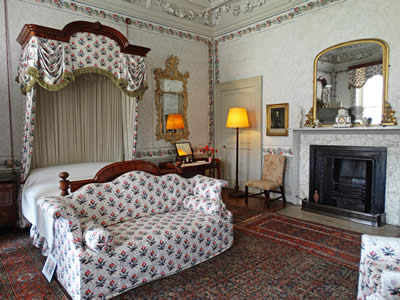
The Rose Bedroom |
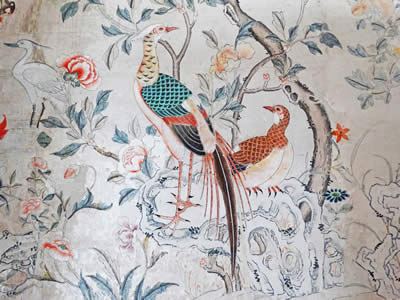
Chinese Wallpaper in the Chinese Bedroom |
Other areas to see inside the Hall, include the Staircases, Corridors, the Kitchens and the Service Wing. The main 1750's staircase between the ground floor and first floor contains many portraits including one of William Windham II in Hungarian Hussars uniform. The 18th century Kitchen contains rows of copper pots and a stewing stove, with the only modern addition being the Aga in 1934! Bird Corridor houses an impressive collection of birds shot by the squires grandfather. Windows in the corridor allow you to peer into the Pantry and China Room. |
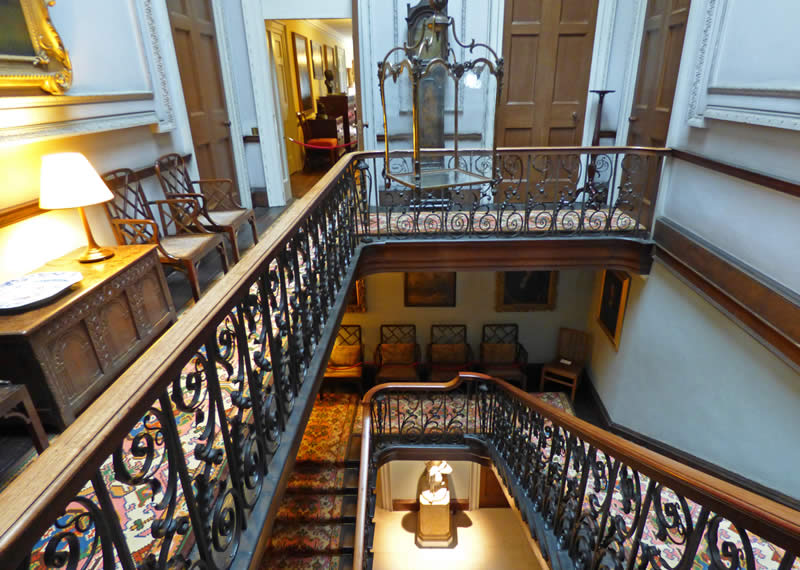
Stair Hall and the 1750's Staircase |
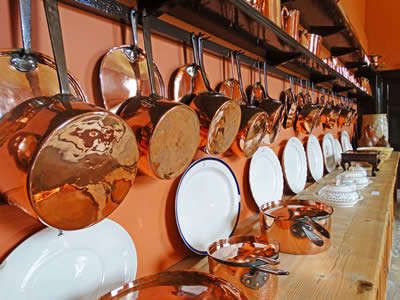
Copper Pans in the Kitchen |
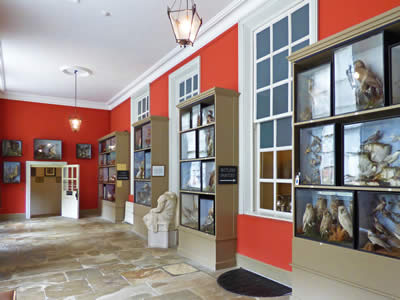
Bird Corridor |
The beautiful Walled Garden contains an abundance of flowers, fruit, vegetables and herbs. It was obviously created to provide a continuous supply of fresh food and flowers for the hall. The colourful borders contain a mixture of various shrubs, herbaceous plants and perennials. High walls surround the garden and shelter it from the elements, allowing some exotic plants to grow. There is also an Orchard at the back of the garden, which also contains a colony of bees. |
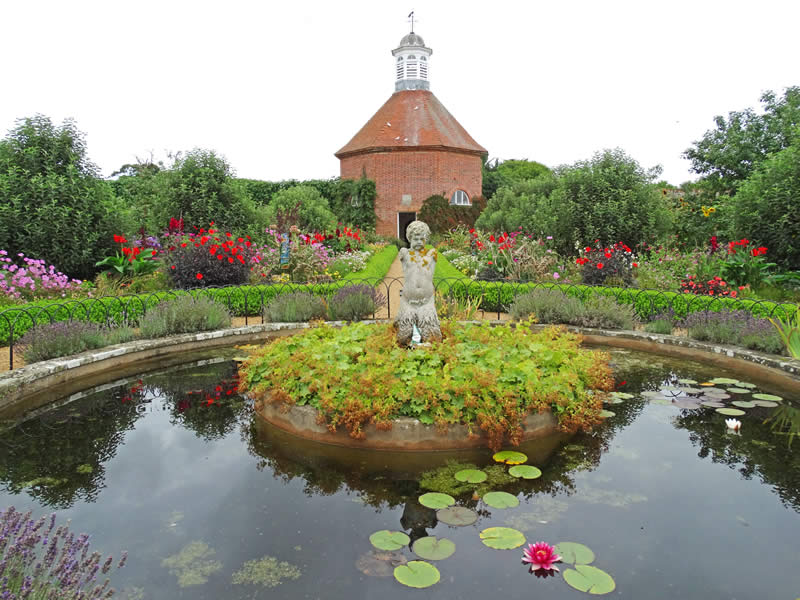
Felbrigg Walled Garden |
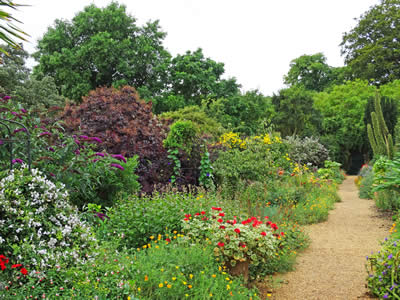
Herbaceous Borders in the Walled Garden |
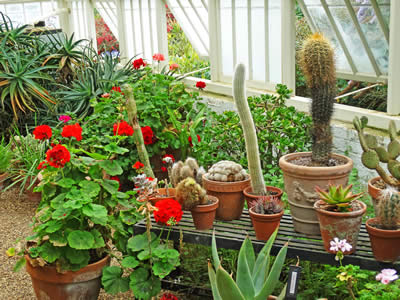
Inside one the Greenhouses |
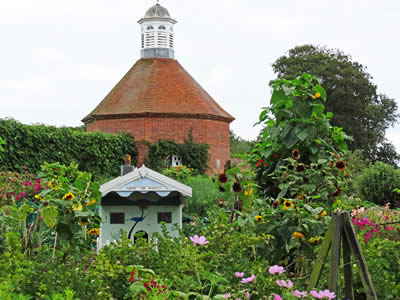 Flowers and Vegetables in the Beds |
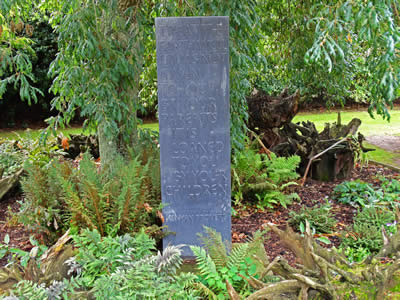
Garden 'Kenyan Proverb' Sign |
The Courtyard contains Squire's Pantry, offering hot and cold drinks, sandwiches and cakes. Within the Courtyard you will also find a National Trust shop selling various gifts, books, homeware and plants. Please note that dogs are allowed in the courtyard and even inside the cafe. |
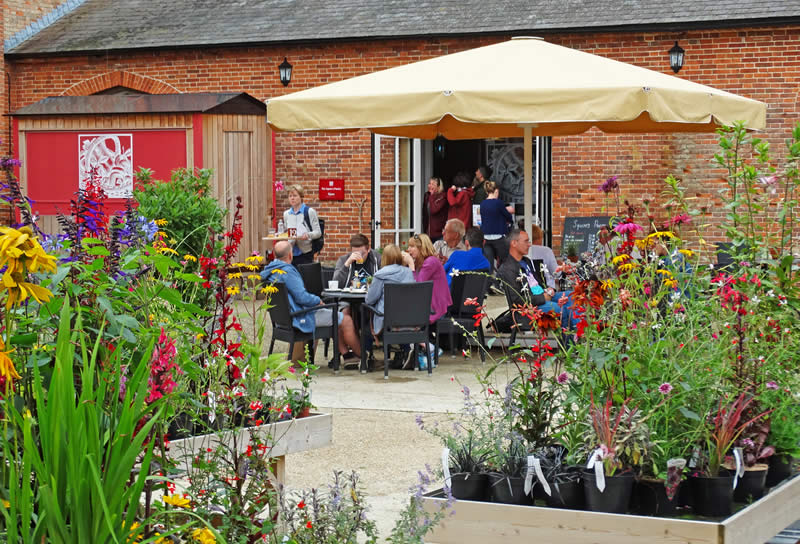
The Courtyard, containing the Cafe and Shop |
Finally, the surrounding parkland offers some fine walks and views in a beautiful landscape. The church of St Margaret's is a medieval parish church which sits in the fields near Felbrigg Hall. The church is still in use and is well worth exploring. The surrounding parkland was laid out by Humphry Repton, the great landscape designer. The lake is filled with fish, once destined for the kitchens of the hall. Walks abound in all directions and the parkland is a haven for wildlife. |
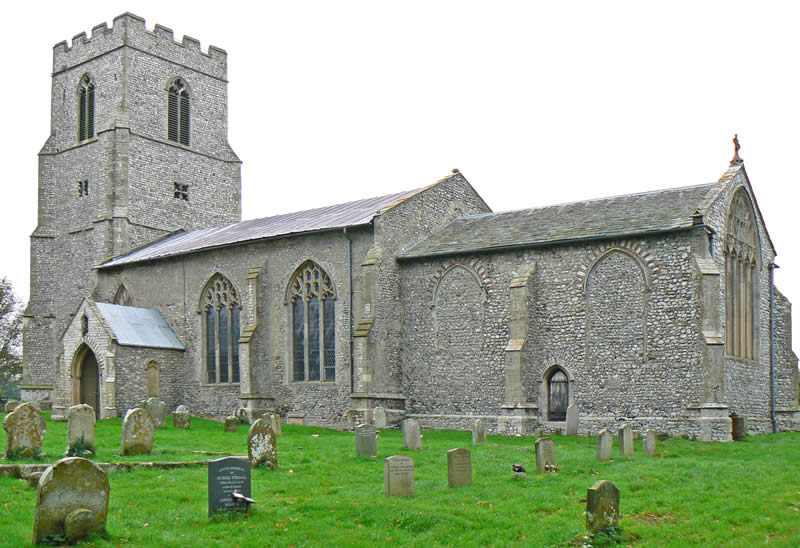
Felbrigg church of St Margaret's |
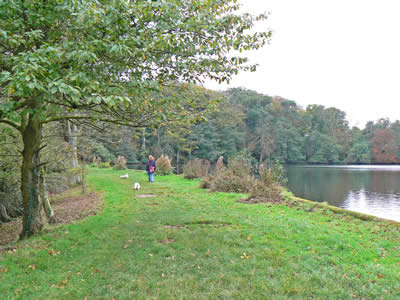
Walking by the lake |
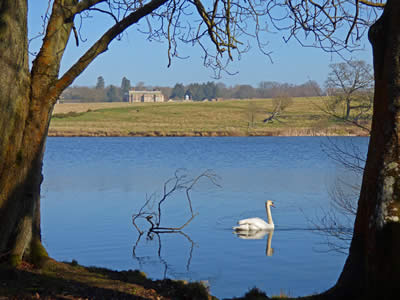
The view of the Hall from the Lake |
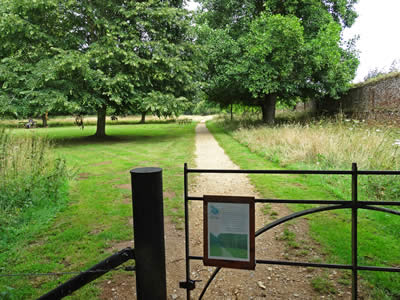 The Victory V Walk |
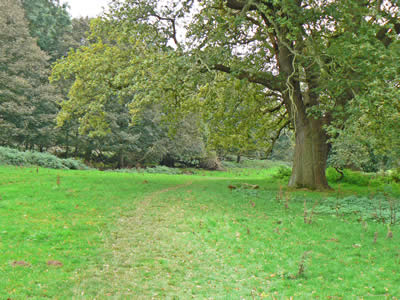
Woodland Walks in Felbrigg's Parkland |
Felbrigg Hall Summary of What to SEE and DO
|
|
|
Our Verdict
|
Felbrigg Hall makes a great day out for the entire family and there is plenty to see and do to keep you busy on return visits. Come and see the trees, books and paintings that the families that lived here loved so much. |
|
|
TOUR INDEX |
|
|
|
|
|
|
|
|
NEARBY PICTURE TOURS |
|
|
|
|
|
|
|
|
|
|
|
|
MORE OF OUR WEBSITES |
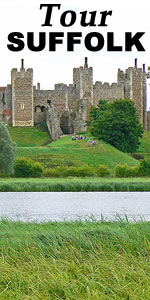 |
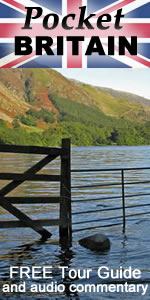 |
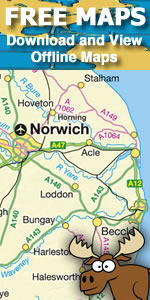 |
| |
|

